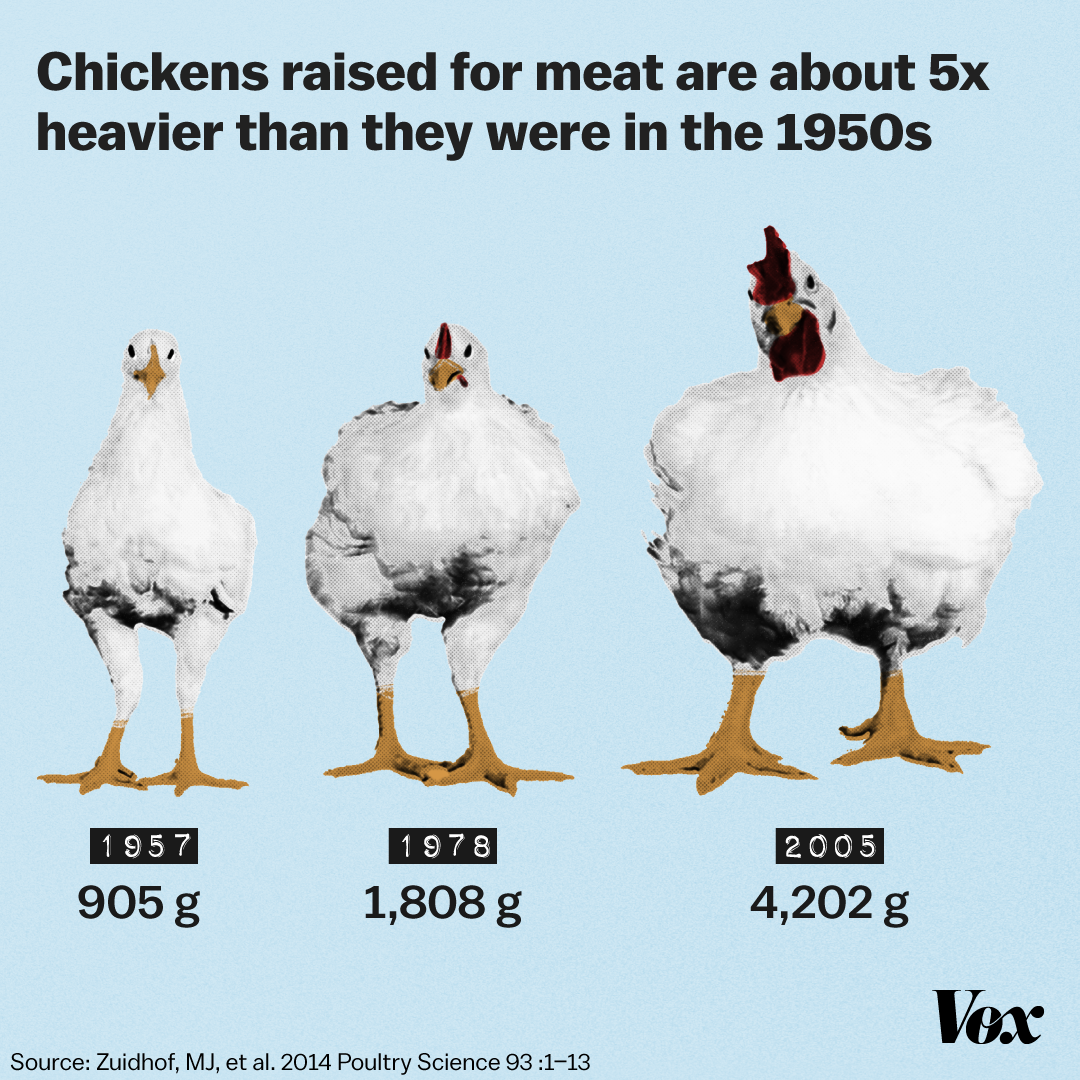Cecile Steele was supposed to receive 50 chicks from a hatchery in 1923, but a clerical error resulted in her receiving 500 instead. Nobody predicted that this would lead to the $30 billion chicken industry.
In the early 1900s, chickens were largely kept for eggs. Only when their output had been lowered were they slaughtered for meat. But Cecile Steele had 450 more chickens and no room to store them. Since returning these chickens was not an option, she chose to keep them in the limited area she had. Out of the 500 chickens, 100 died. And Cecile decided to sell them for the meat at a discount, which resulted in a large profit.
She made so much money that she began doing it on a regular basis, and her husband quit his job as a coast guard to join her. Within three years, they were raising 10,000 chickens. And thus started the age of breeding hens just for meat.
They were fortunate both in terms of timing and location. Steele’s farm was located in an area with plenty of land and affordable prices. Following Steele’s success, several other farmers began breeding chickens primarily for meat.
This accident gave rise to the modern chicken industry.
Then scientists started tweaking the genes to produce more meat.

Penicillin was also discovered around the same time, and scientists discovered that giving the antibiotics to agricultural animals caused them to grow significantly quicker. This had a number of consequences for the meat business, climate change, and other issues that I would not want to bore you with. If you want to learn more about this, I highly recommend reading this article, which is also the source for this post.